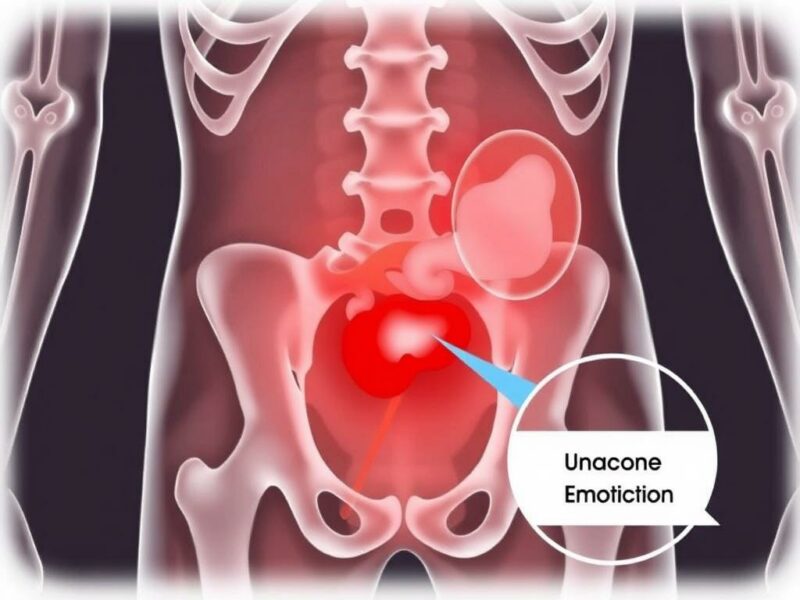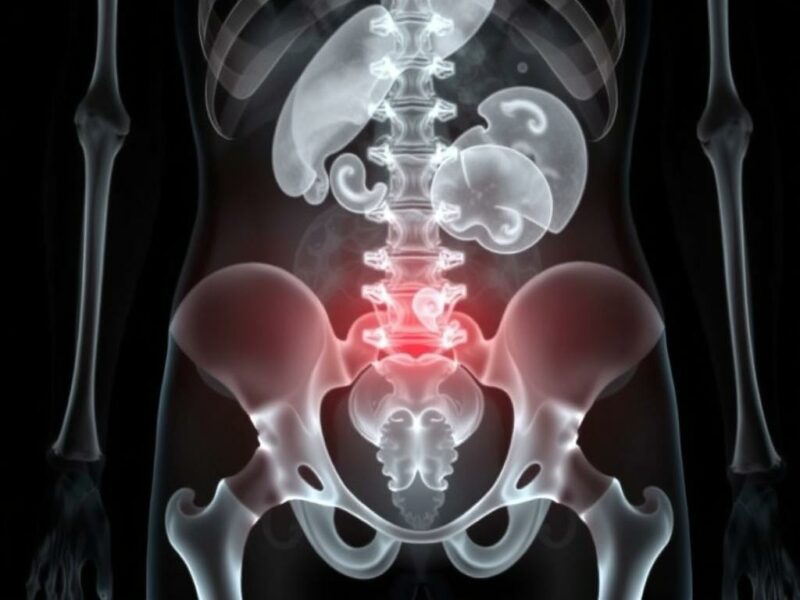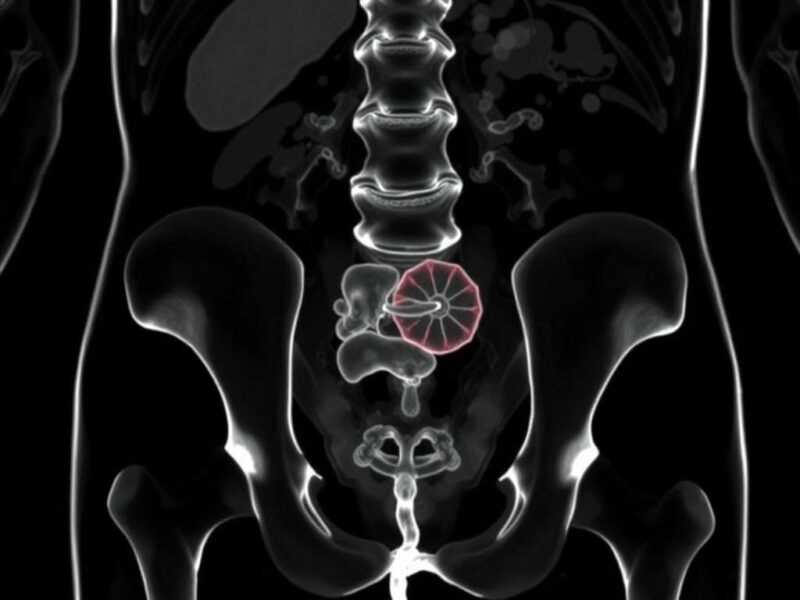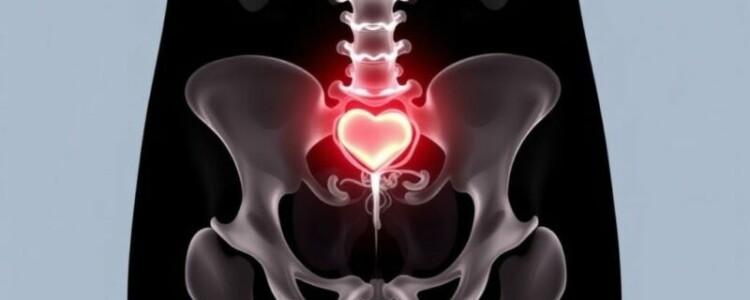Appendicitis is one of the most common causes of acute abdominal pain and a frequent surgical emergency. Recognizing its symptoms early is crucial to avoid complications like rupture or peritonitis. Among various clinical signs used by healthcare providers, the Psoas Sign in Appendicitis holds special importance. This sign, though not always present, can guide physicians toward a timely and accurate diagnosis. If you’ve ever been curious about how doctors determine appendicitis through physical exams, understanding the Psoas sign is a great place to start.
In this article, we’ll dive deep into what the Psoas sign is, why it occurs in appendicitis, how to detect it properly, and what it means for patient care. We’ll also explore other related diagnostic tools, helping you appreciate the complexity and subtlety involved in diagnosing appendicitis.
What is the Psoas Sign?

The Psoas sign is a clinical indicator used in the physical examination to detect irritation of the iliopsoas muscle, which lies adjacent to the appendix. When the inflamed appendix irritates this muscle, certain movements cause pain, which can be elicited and recognized as the Psoas sign. This sign is valuable because it points to inflammation in the right lower abdomen, where the appendix is located.
To understand the Psoas sign better, it is helpful to know the anatomy involved. The psoas muscle originates from the lumbar spine and passes through the pelvis to attach to the femur. Because the appendix is close to this muscle, inflammation in appendicitis can cause the muscle to become painful when stretched or contracted.
Why the Psoas Sign Occurs in Appendicitis
Appendicitis inflammation can sometimes extend to structures near the appendix, including the iliopsoas muscle. If the inflamed appendix lies retrocecally (behind the cecum), it irritates the psoas muscle directly. This leads to discomfort or pain during certain leg movements, which is the essence of the Psoas sign in appendicitis.
In simpler terms, when the appendix is inflamed, it can inflame or press against the psoas muscle, causing pain when the muscle is activated or stretched. This connection between muscular pain and appendicitis highlights the interplay between anatomy and disease symptoms.
How to Test for the Psoas Sign

Testing the Psoas sign involves a straightforward physical examination performed by a physician or healthcare provider. It requires the patient’s cooperation and some knowledge of anatomy for accurate detection.
Step-by-Step Technique
- Patient Position: The patient lies on their left side (left lateral decubitus position).
- Test Action: The examiner passively extends the patient’s right leg backward at the hip.
- Observation: If this movement causes abdominal pain, particularly in the right lower quadrant, the Psoas sign is considered positive.
Another variation is with the patient lying on their back (supine position), where they are asked to actively lift the right thigh against resistance applied by the examiner. Pain during this action also indicates a positive Psoas sign.
What a Positive Psoas Sign Indicates
When the Psoas sign is positive, it suggests irritation or inflammation of the psoas muscle, often due to an inflamed retrocecal appendix. However, it is not exclusively diagnostic of appendicitis; other conditions affecting the iliopsoas muscle or nearby structures can cause similar pain.
Importance of the Psoas Sign in Appendicitis Diagnosis
In clinical practice, diagnosing appendicitis can be challenging. Symptoms may be vague, and differential diagnoses broad. The Psoas sign, among other physical signs, helps clinicians bolster their suspicion of appendicitis before imaging tests or surgical exploration.
While it is not foolproof—meaning not every appendicitis patient shows a positive Psoas sign, and not every positive sign means appendicitis—it certainly narrows down the list. Its presence alongside other classic appendicitis signs enhances diagnostic accuracy.
Comparison with Other Appendicitis Signs
| Sign | Description | Relation to Appendicitis | Notes |
|---|---|---|---|
| Psoas Sign | Pain on passive hip extension or resisted hip flexion | Indicates irritation of iliopsoas muscle by inflamed retrocecal appendix | More specific for retrocecal appendicitis |
| McBurney’s Point Tenderness | Pain on palpation 1/3rd distance from the anterior superior iliac spine to the umbilicus | Classic sign of appendiceal inflammation | Most common and well-known sign |
| Rovsing’s Sign | Pain in right lower quadrant when left lower quadrant is palpated | Indirect indication of appendiceal irritation | Helpful but less specific |
| Obturator Sign | Pain on internal rotation of the flexed right hip | Indicates irritation of obturator internus muscle | More relevant for pelvic appendix |
When to Consider the Psoas Sign and Other Diagnostic Steps
Doctors use the Psoas sign during the physical examination after obtaining a patient’s history of abdominal pain, nausea, vomiting, and other symptoms suspicious for appendicitis. A typical presentation might include right lower quadrant pain that worsens over time.
Because the Psoas sign is more specific to a retrocecal appendix, its usefulness is enhanced when the location of pain and tenderness suggests such positioning. If the Psoas sign is positive along with classical symptoms, a clinician may proceed confidently toward ordering imaging studies like an ultrasound or CT scan.
Diagnostic Workflow for Suspected Appendicitis Including the Psoas Sign
- History Taking: Onset, location, and migration of pain, associated symptoms.
- Physical Examination: Palpation for McBurney’s point tenderness, Psoas sign test, Rovsing’s sign check.
- Laboratory Tests: White blood cell count for signs of infection.
- Imaging: Ultrasound or CT scan to confirm diagnosis if physical findings are inconclusive.
- Decision: Based on clinical and imaging results, plan for surgical intervention or close observation.
Limitations and Considerations of the Psoas Sign
While beneficial, the Psoas sign is not without limitations. It requires patient cooperation and can be difficult to elicit in children or very muscular individuals. Additionally, a negative Psoas sign does not rule out appendicitis. Some patients may have their appendix positioned differently, making the sign less relevant.
Other conditions that can cause irritation of the iliopsoas muscle, such as psoas abscess, hemorrhage, or hip joint pathology, may also yield a positive Psoas sign, leading to potential diagnostic confusion. For this reason, the sign should always be interpreted in the context of the full clinical picture.
Summary of Strengths and Weaknesses of the Psoas Sign
| Strengths | Weaknesses |
|---|---|
| Useful for detecting retrocecal appendicitis | May be absent in other appendix locations |
| Simple bedside test requiring no special equipment | Can be painful or difficult for some patients to perform |
| Acts as a helpful addition to other signs and symptoms | Not specific to appendicitis—other pathologies may mimic the sign |
Practical Tips for Patients and Healthcare Providers Regarding the Psoas Sign
For patients experiencing abdominal pain, understanding the Psoas sign won’t replace professional diagnosis but can help you be aware of why your doctor is examining leg movements during an abdominal check. If pain arises upon these tests, it is important to communicate this clearly, as it can speed diagnosis and management.
Healthcare providers should use the Psoas sign thoughtfully, combining it with other examination findings and diagnostic tests. Medicine is rarely black-and-white, and signs like this are pieces in a puzzle rather than standalone clues.
Checklist for Healthcare Providers Testing the Psoas Sign
- Explain the test to the patient to gain cooperation.
- Ensure patient comfort and support while moving the leg.
- Observe for pain localized to the right lower quadrant.
- Differentiate between muscular pain and joint discomfort.
- Consider patient factors like age, body build, and pain tolerance.
Future Directions and Research on the Psoas Sign

In the era of advanced imaging, some may question the relevance of physical signs like the Psoas sign. Nonetheless, in settings where imaging is unavailable or delayed, these clinical tools remain invaluable. Ongoing research continues to evaluate their diagnostic value to improve clinical decision-making.
Recent studies have attempted to quantify the sensitivity and specificity of the Psoas sign in appendicitis diagnosis, often combining it with other signs to optimize prediction models. Such efforts help refine emergency department protocols and training curricula for clinicians.
Emerging Diagnostic Approaches Complementing the Psoas Sign
- Point-of-care ultrasound for rapid bedside assessment.
- Biomarkers in blood tests signaling inflammation.
- Machine learning algorithms analyzing symptoms and physical signs.
- Telemedicine for early remote evaluation of abdominal pain.
Summary Table: Key Facts about the Psoas Sign in Appendicitis
| Aspect | Details |
|---|---|
| Definition | Pain caused by irritation of the iliopsoas muscle in appendicitis. |
| Mechanism | Inflamed appendix irritates the psoas muscle, leading to pain on hip movement. |
| Testing Method | Passive hip extension or active resisted hip flexion causing pain. |
| Clinical Significance | Suggests retrocecal appendiceal inflammation. |
| Limitations | Variable sensitivity, nonspecific, requires patient cooperation. |
| Complementary Tests | McBurney’s point tenderness, Rovsing’s sign, imaging studies. |
Conclusion
The Psoas sign in appendicitis remains a crucial element of the physical examination, offering a practical and insightful way to detect irritation of the iliopsoas muscle by an inflamed appendix. While it is no standalone diagnostic tool, its presence—especially when combined with other signs—can greatly facilitate early and accurate diagnosis of appendicitis, guiding timely management and reducing risks of complications. Understanding the Psoas sign enriches our appreciation of the delicate relationship between anatomy and disease symptoms, reminding us of the power of a detailed and thoughtful physical exam in the age of technology. Whether you are a patient curious about your doctor’s actions or a healthcare provider sharpening your clinical skills, the Psoas sign is a valuable piece in the puzzle of appendicitis diagnosis.



